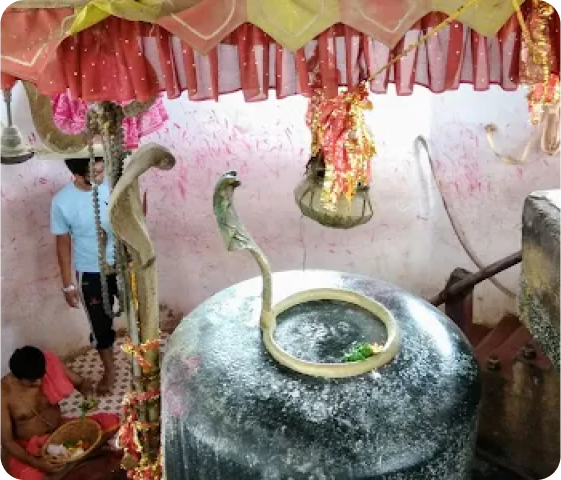
The Spiritual Significance
Baba Bhusandeswar Temple holds profound spiritual importance for devotees. It is believed that sincere prayers offered here can lead to the fulfillment of wishes, peace, and prosperity. The temple serves as a sanctuary for spiritual seekers, providing a space for meditation and reflection. The temple comes alive during various festivals, most notably Maha Shivaratri, which attracts thousands of devotees. This auspicious occasion is marked by night-long vigils, chanting, and special rituals dedicated to Lord Shiva. Other festivals, such as Shravan month and Ashokastami, are also celebrated with great fervor, drawing the community together in devotion and celebration.
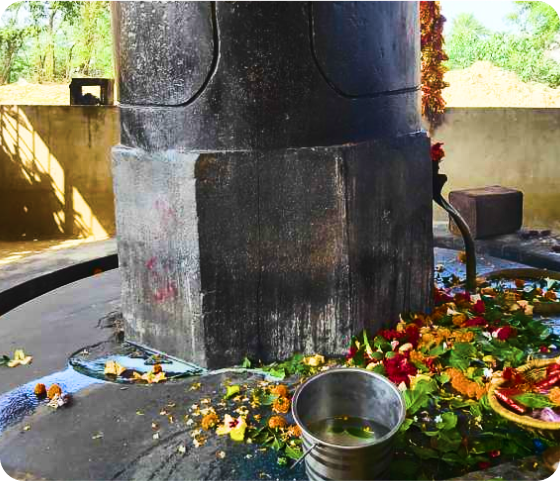
The History of Baba Bhusandeswar Temple
Baba Bhusandeswar Temple, nestled in the serene landscape of Bhadrak district, Odisha, is a revered Hindu shrine dedicated to Lord Bhusandeswar, a form of Lord Shiva. This ancient temple stands as a beacon of spirituality and cultural heritage, attracting countless devotees and visitors each year. The origins of Baba Bhusandeswar Temple trace back several centuries, with roots embedded in local mythology and history. According to legend, the temple was founded after a devotee experienced a divine revelation in a dream. Guided by Lord Shiva, the devotee discovered a sacred lingam in the area, leading to the establishment of this magnificent shrine.
The Tribhaga Linga concept refers to a unique form of the Shiva linga, which is believed to embody the three primary deities of Hinduism: Brahma, Vishnu, and Shiva. These deities represent the cosmic functions of creation, preservation, and destruction, respectively. In this form, the linga is divided into three distinct parts or levels, each symbolizing one of these gods. This division emphasizes the linga as a holistic representation of the entire cosmic cycle.
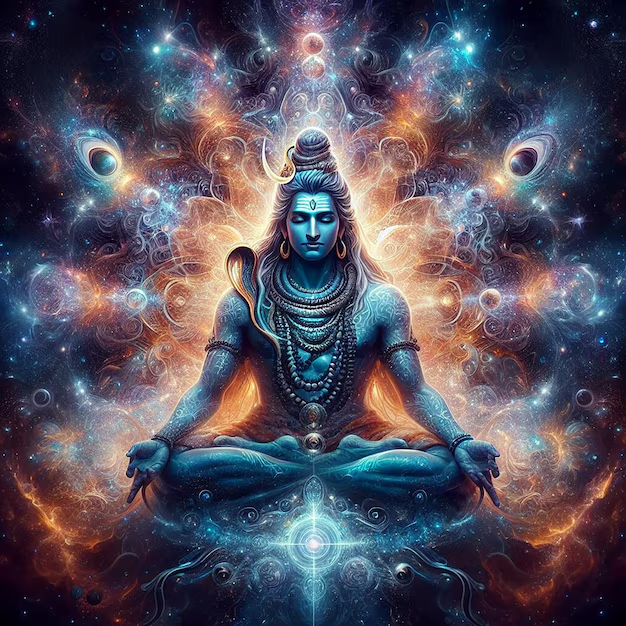
Shiva Bhaga

Vishnu Bhaga
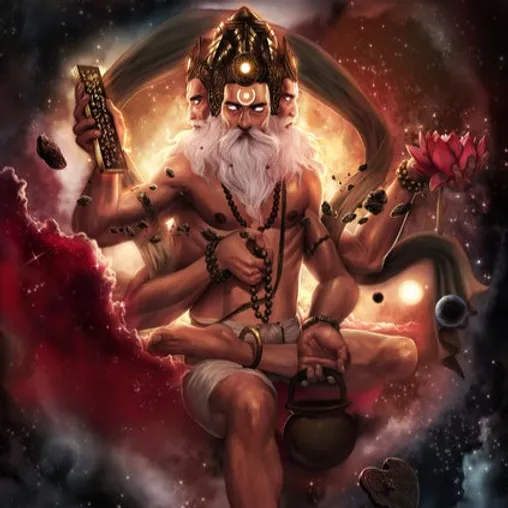
Brahma Bhaga
of Something Great
Nestled in the serene landscapes of Odisha, the Baba Bhusandeswar Temple stands as a beacon of faith and devotion. Dedicated to Lord Shiva, this ancient temple is a place where spirituality and natural beauty intertwine, offering visitors a unique experience.

Shiva Bhaga (Top Part)
The uppermost part of the linga is associated with Shiva, the destroyer and transformer.
Shiva's role is to bring an end to things to allow for new beginnings, representing the cyclic nature of the cosmos—where destruction is necessary for renewal and creation.The top part of the linga is most frequently worshipped in temples and rituals, symbolizing Shiva's transcendence, spiritual liberation, and the ultimate dissolution of the universe into a state of formlessness, known as "Shiva tattva."
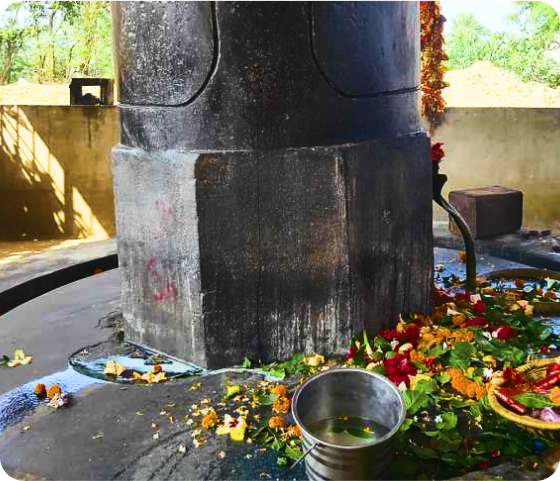
Vishnu Bhaga (Middle Part)
The middle portion of the linga signifies Vishnu, the preserver and sustainer of the universe. Vishnu's role is to maintain cosmic order, harmony, and balance in the world.
In this section, the linga embodies the sustenance of life, representing the continuous preservation of the universe and beings through Vishnu's divine influence. It is the part that interacts most directly with human life and existence, symbolizing protection, nourishment, and continuity.

Brahma Bhaga (Hidden Part)
The bottom part of the linga represents Brahma, the creator. Brahma is responsible for the creation of the universe and all beings within it.
The base of the linga, which is often hidden or not directly worshipped in most cases, symbolizes the foundational nature of Brahma's role as the source of all life. It is considered the least accessible part in physical representations, emphasizing that creation is a hidden, mysterious process.

Baba Bhusandeswar Temple
Official Website of Baba Bhusandeswar Temple
